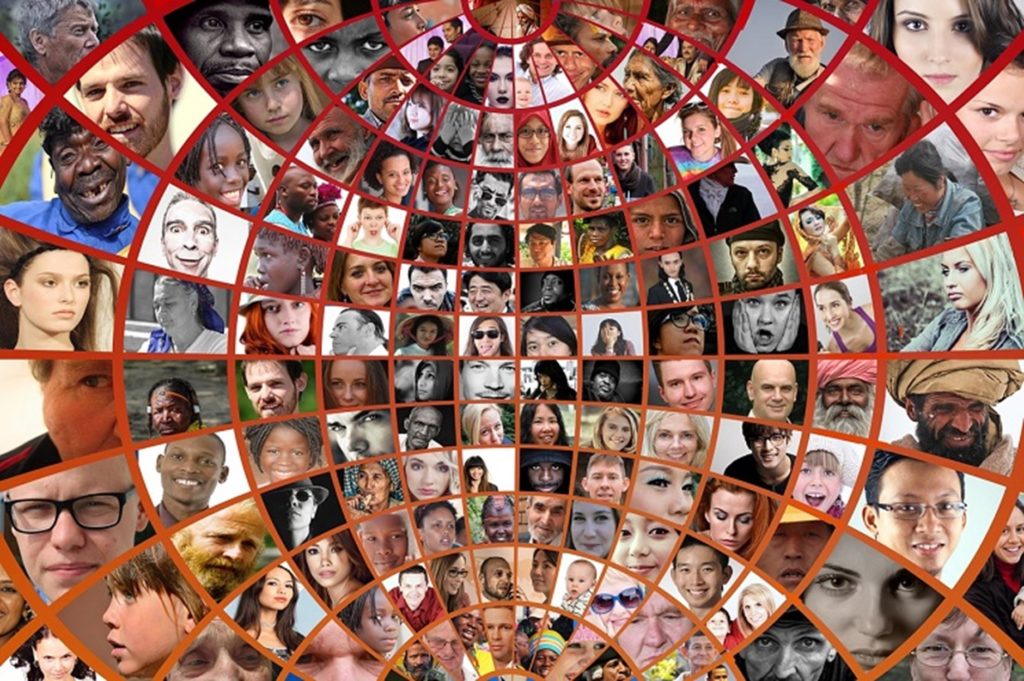In May 2022 the Education Enhancement team (formerly TEL) hosted a workshop on Inclusive curricula using digital personas, with guest speakers Katie Stripe and Katie Dallison from Imperial College London. This workshop looked at one way of improving our service planning and delivery towards a more inclusive curriculum, using diverse student personas. Digital personas are archetypal individuals commonly used in user experience design, and help to represent the diverse characters and goals of a customer group, to refer to when planning service delivery, with the aim of improving the user experience. The guest speaker’s published work on the topic can be found here, ‘Using Personas to Promote Inclusive Education in an Online Course’.
The hands-on workshop took attendees on a journey through how personas were realised as a tool for student services, by staff who understood the diversity of their audience, to make more inclusive content. The presentation and templates generated discussion around the key considerations for student personas, including a name, area of study, location, family situation, what they want to achieve, their frustrations, and motivations. Much of what was covered for considering the service audience, can be applied where planning and building online content, and for in person educational delivery.
Drafting and using personas
Following this event, EE staff considered how they could use personas with their audience, who are largely teaching staff. Following research into the range of possible information to capture and include with personas, the team shared the different characteristics that they come across at Sussex, that can affect the service we offer. Characteristics were given tally marks, to identify which were more recognised by the whole team. By adapting the template seen in Putting Personas to Work in UX Design: What They Are and Why They’re Important characteristics were grouped to form, initially, three different made-up people, to reflect much of the diverse nature of Sussex staff. It was recognised that these personas might be stereotypical in some ways, and will be tweaked or expanded to more personas over time and use.
The newly drafted personas were then utilised by a small EE working group, to help review and restructure the existing digital guidance the wider EE team provide. This content at the time resided across different Sussex platforms, and was linked between them. Referring to the personas to structure content in a way that these imaginary people may access the content, based upon how they might approach a task and their goals, helped form the sections for the new structure. During the session members of the group gave live feedback on the personas, including identifying similar phrases across them, acknowledging that work was needed before making these available for wider use. Shortly after the workshop, the working group were asked for their feedback to help form a 2nd version of these personas.
Next steps
Reflecting on who EE supports can help us build more inclusive content, and this includes restructuring our help and guidance content for staff. One of the next steps is to review and develop these draft personas, now that they have been applied to a task. One idea from the team is to survey staff that use our services, to collect wider goals, motivations and frustrations. The content we create and deliver as a team should be designed to support these diverse needs and goals, and help towards making our user base feel more included.



